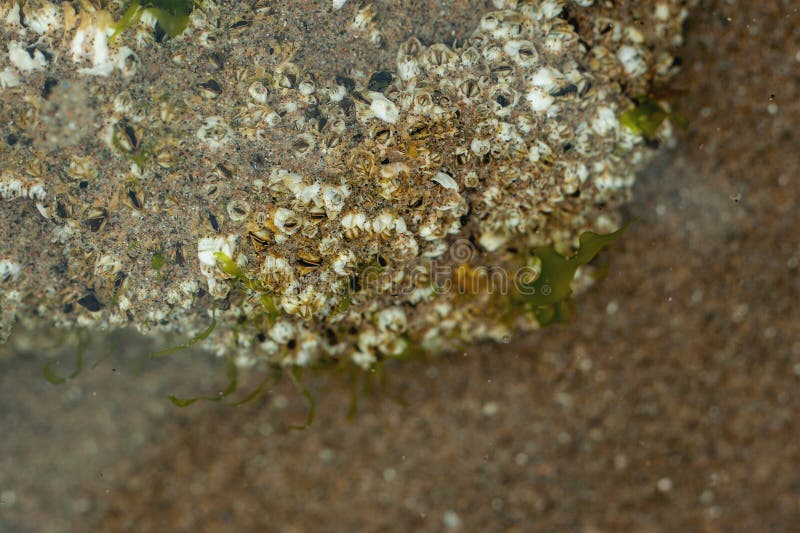

Some of these rocks are covered by mats of aggregating sea anemones and solitary sea anemones. The second distinct area of this tide pool are the smaller rocks found near the sandy areas. This can be a great place to see both species side by side! The smaller rocks near the sand are covered by mats of aggregating sea anemones and solitary sea anemones.

There are small pools that have accumulated over the years, and many have large sea anemones and crabs living in them. The main area is a single large rock and a long rocky sea wall covered by marine life.īoth the rock and the rock wall provide are covered by a variety of marine life. The tide pools at Dike Rock are not as large as other locations but provide terrain features that allow for a variety of marine life to life on. and if you want to see the tide pools from a birdseye view check out our drone footage below of Hospitals Reef which you can read about below!ĭike Rock is located just north of Scripps Pier, and is also one of the spots where Birch Aquarium hosts guided tide pool tours. Before you go, check out this handy guide on what kind of marine life/animals to look for. Here’s your complete guide to the La Jolla tide pools, from La Jolla Shores all the way to La Jolla Cove. It’s also a good idea to wear close-toe shoes with good grip, long pants, and a jacket. Its myriad of rocky cliffs and sandy beaches have created an endless supply of nooks and crannies for marine life viewing. The optimal season for tide pooling is December to March, when minus tides reveal wider beaches and the tide pools are uncovered.īefore you go, be sure to check the tide charts to make sure you’ll be there during a low or minus tide.
#Tidal pool barnacle free
La Jolla is a terrific place for tide pooling in fact, it’s one of the best areas to go in all of San Diego! Visiting the La Jolla Tide Pools in the village of La Jolla is one of the best free activities for families in the whole city!


 0 kommentar(er)
0 kommentar(er)
